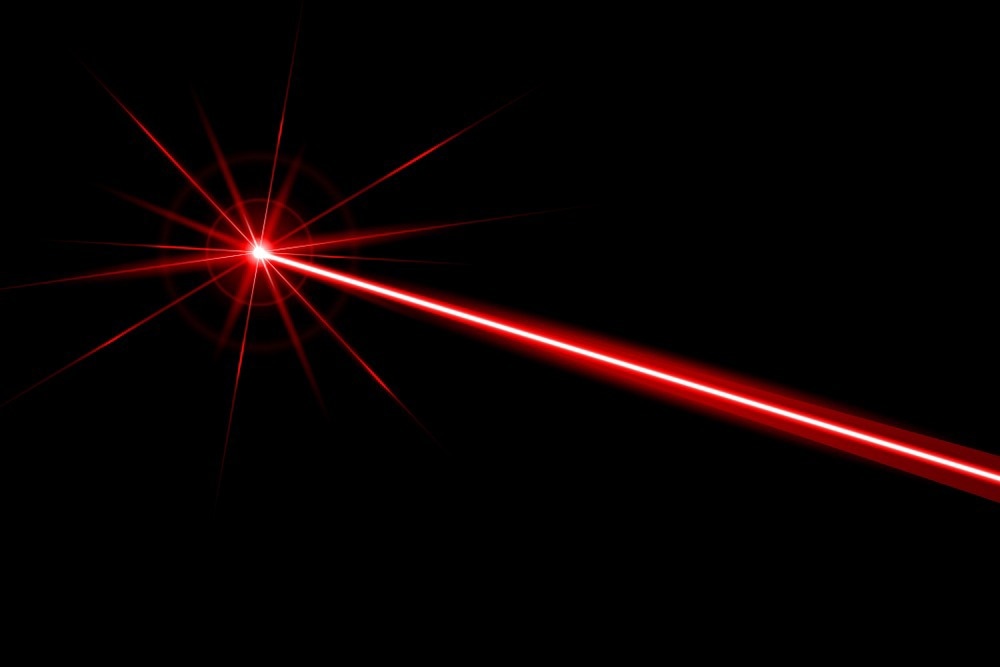Researchers from the Changchun Institute of Optics, Fine Mechanics, and Physics of the Chinese Academy of Sciences have published a study in Materials Today Physics that provides insight into the light-emitting capabilities of perovskite materials following femtosecond laser processing.

Image Credit: MIKHAIL GRACHIKOV/Shutterstock.com
Lead halide perovskites have gained popularity due to their outstanding photovoltaic properties and the ability to create fascinating micro/nano light-emitting structures. Unfortunately, little is known about how highly intense laser-induced morphology and defect chemistry impact light emission.
The researchers discovered that femtosecond laser ablation had a considerable influence on the space-resolved photoluminescence (PL) and lasing behavior of both single crystal and polycrystalline MAPbBr3 perovskites.
Due to their distinct defect chemistries and morphologic profiles, the femtosecond laser-generated regions of the material were discovered to have different light emitting behaviors in comparison to the unaffected surface area.
The results of the space-resolved steady-state and time-resolved PL studies, along with the scanning electron microscope images, show that the laser impacted and untouched areas have distinct carrier recombination processes.
The recast deposition region of single crystal perovskite samples was shown to display amplified spontaneous emission (ASE) caused by the recurrent scattering of light by the recrystallized micro/nanostructures. The biexciton process has been established as the primary gain mechanism causing the ASE effect.
The laser-modified area on the polycrystalline perovskite sample improved random lasing (RL) performance significantly. The results demonstrate that the emission is incoherent RL emission due to the scattering light’s long mean free path length.
Moreover, laser-induced non-radiative defect passivation and minimization of average crystalline grain sizes were shown to significantly improve incoherent RL emission characteristics. The RL threshold was dropped nearly seven times, while the slope efficiency was raised 1.5 times.
This study uncovers the physical and chemical modification effects of femtosecond laser irradiation on perovskite materials and proposes that ultrafast laser processing is an ideal technique for fabricating desirable perovskite light-emitting microstructures.
Journal Reference:
Rajan, R. A., et al. (2023) Space-resolved light emitting and lasing behaviors of crystalline perovskites upon femtosecond laser ablation. Materials Today Physics. doi:10.1016/j.mtphys.2023.101000.